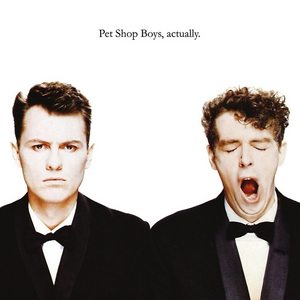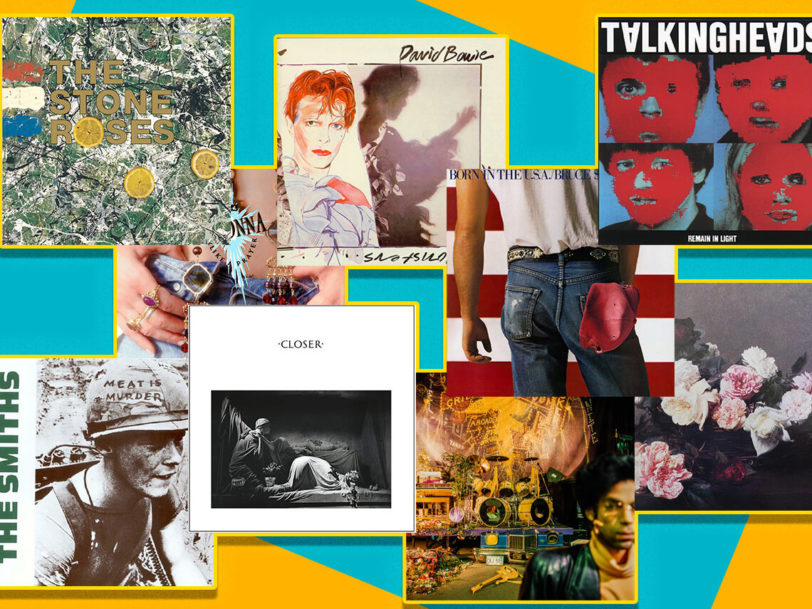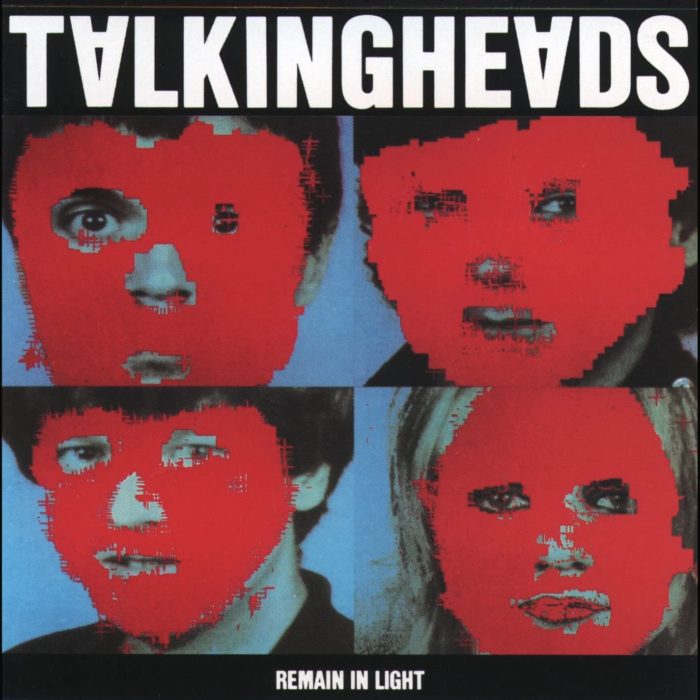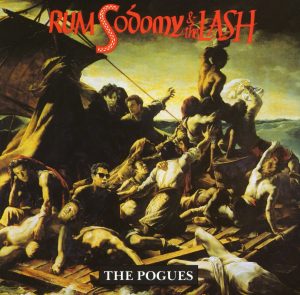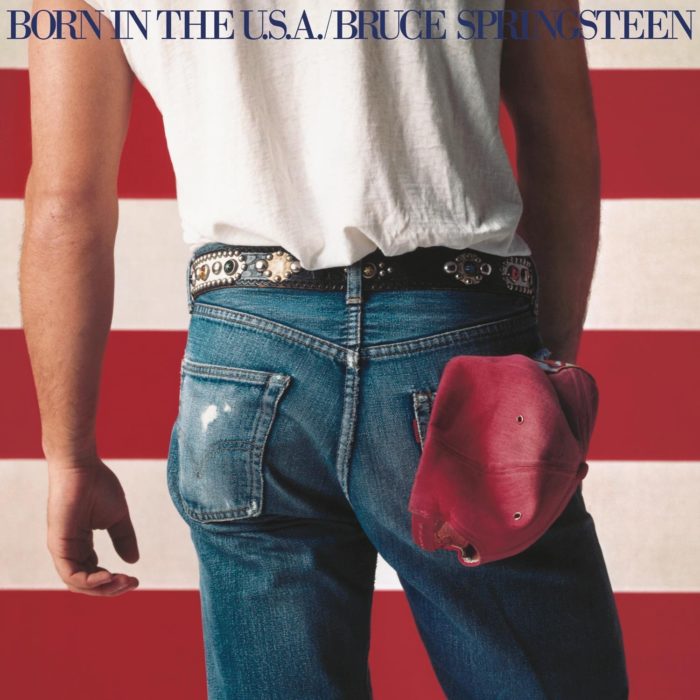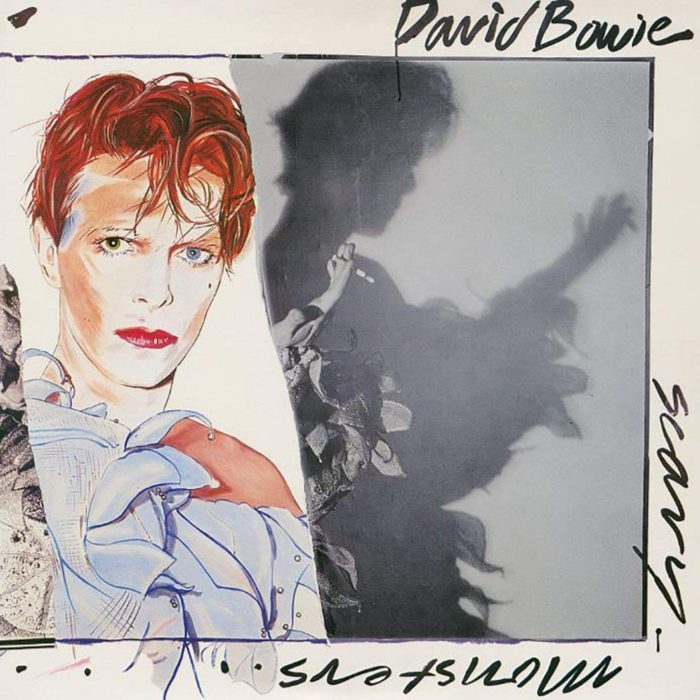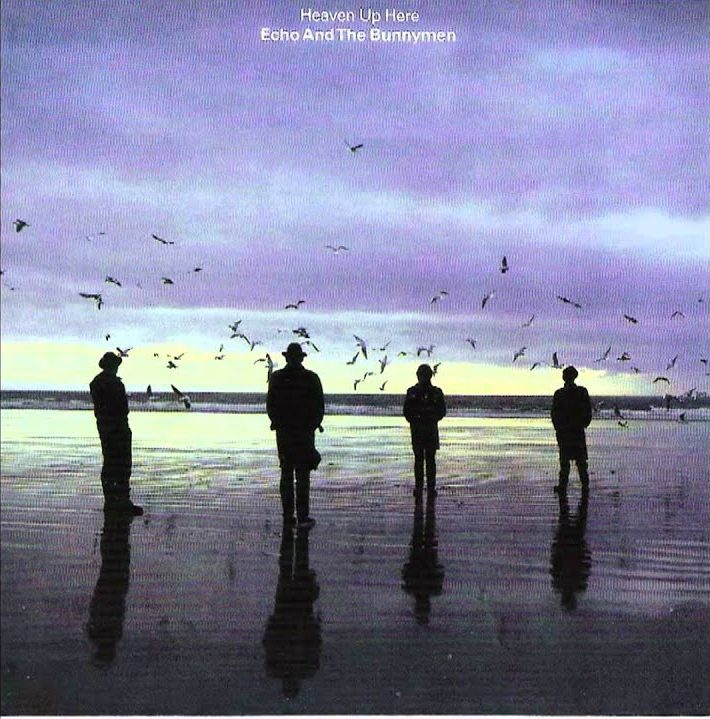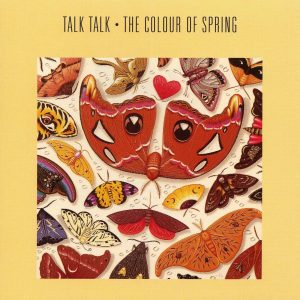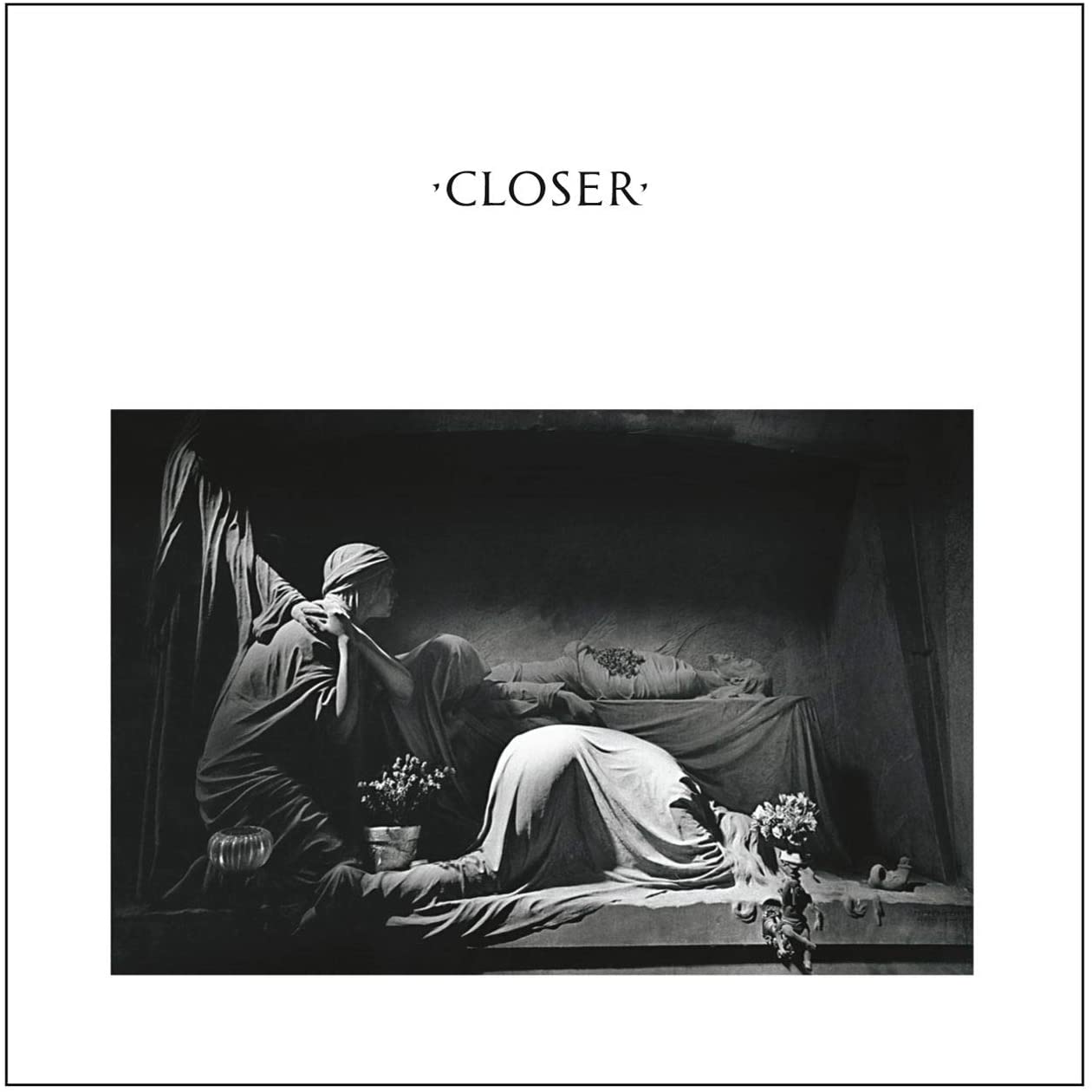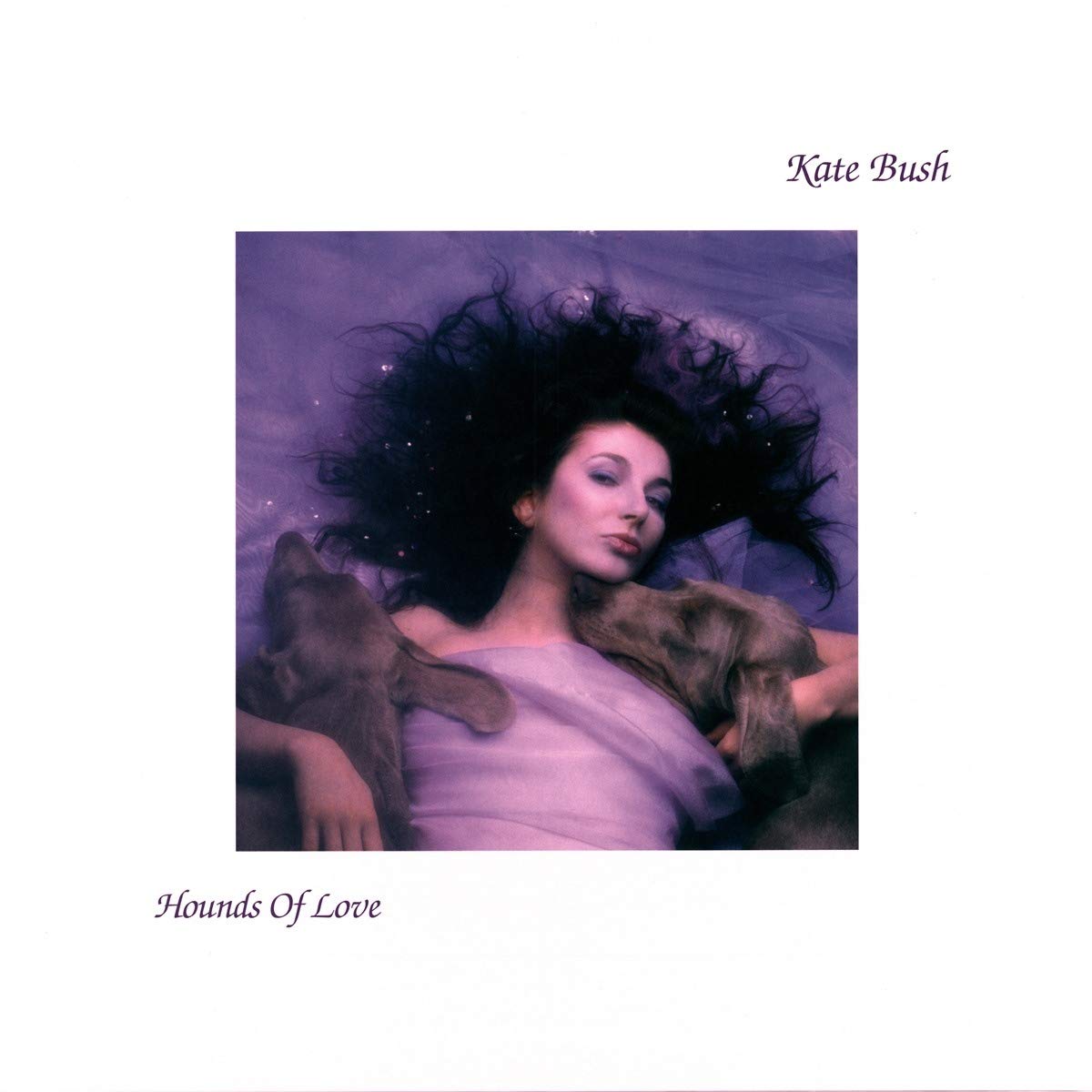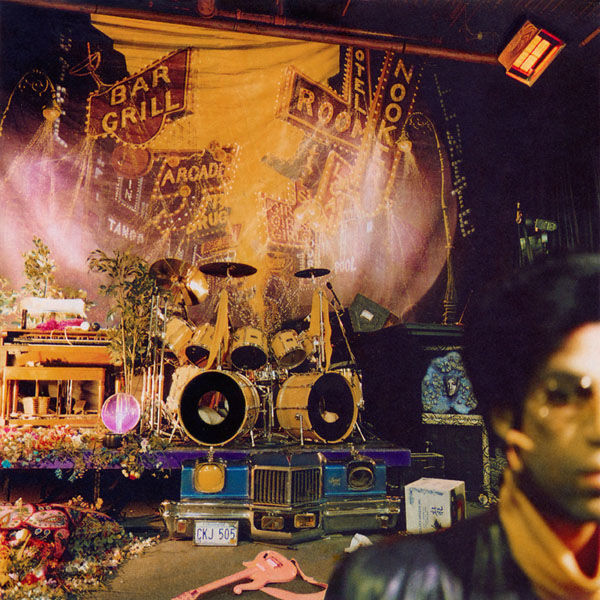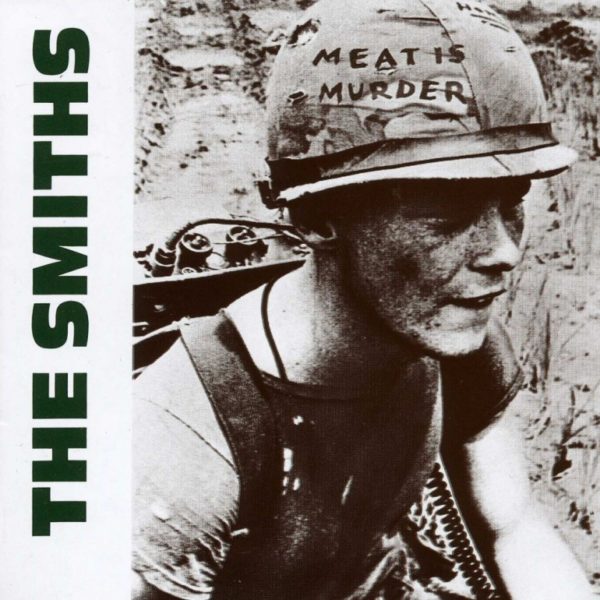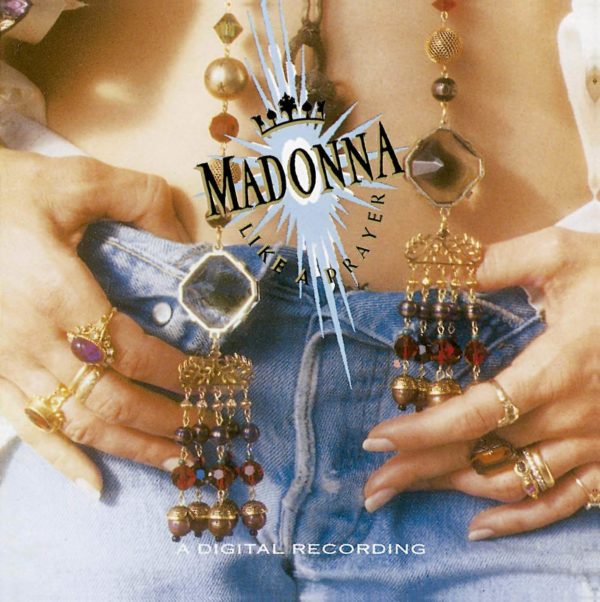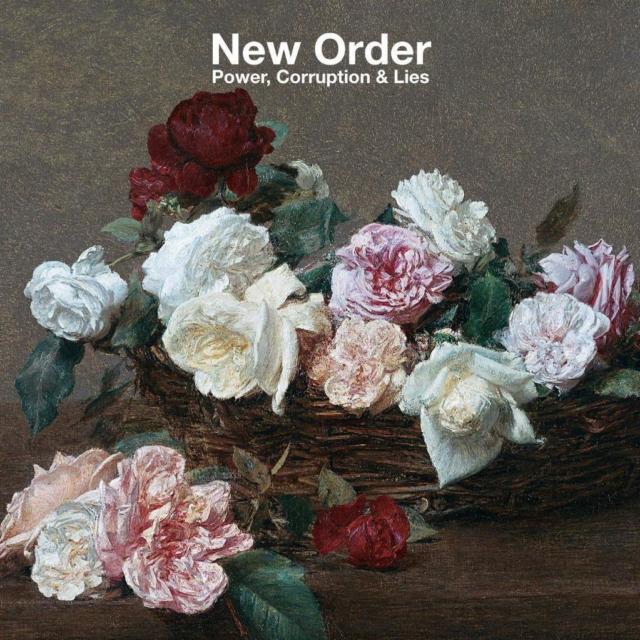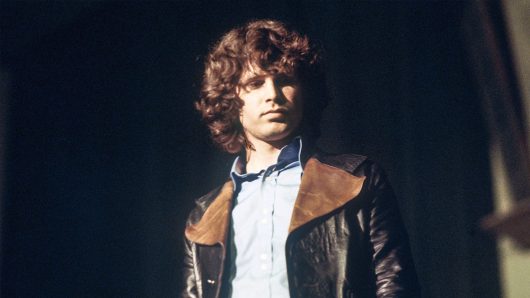The 80s have always polarised opinion. Synonymous with Margaret Thatcher, Reaganomics yuppies and Live Aid, the era’s aspirational values extended to the music it produced, with the glossy production techniques of the day holding sway as the CD format was introduced and subsequently threatened to usurp vinyl. Despite all that, the record sleeve remained a highly respected medium for art – as the best 80s album covers prove.
Listen to the best of the 80s, here, and check out our best 80s album covers, below.
20: Pet Shop Boys: ‘Actually’ (1987)
Though it’s arguably now the most iconic of all the best Pet Shop Boys album covers, the sleeve for their second album, Actually, was conceived with one eye on the clock. A couple of ideas for the record’s cover (including a specially commissioned painting of Chris Lowe and Neil Tennant, by artist Alison Watt) had already fallen through, and the record’s September 1987 release date was imminent when Lowe and Tennant discovered an image captured during the video shoot for their Dusty Springfield collaboration, What Have I Done To Deserve This?
Taken by photographer Cindy Palmano, the low-key image pictured Tennant yawning, and while its use was somewhat tongue-in-cheek, the shot has since become not only one of the best 80s album covers, but also arguably Pet Shop Boys’ defining image. “It was one of those things that maybe people wonder whether we were serious or not,” Tennant later noted. “In fact that album itself is pretty serious. Even the jokes are serious jokes.”
Photographer: Cindy Palmano | Designers: Mark Farrow, Pet Shop Boys
